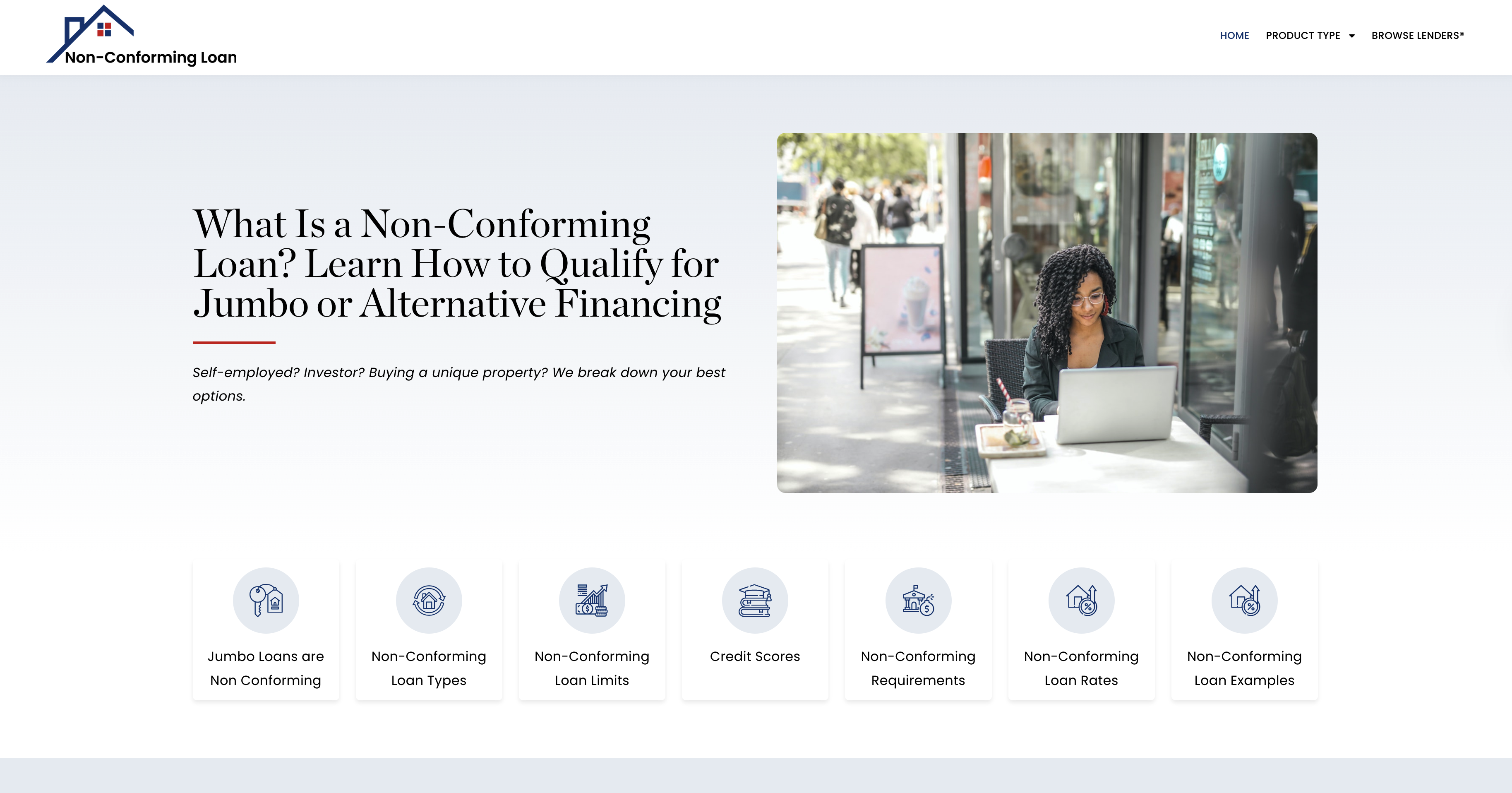Case Study: How Weekly Budgeting Led to Credit Card Freedom
Jason had never thought of himself as someone with a spending problem—until his credit card statements told a different story. A 34-year-old warehouse supervisor with a steady paycheck and a modest lifestyle, he found himself revolving more than $12,000 in credit card balances across four accounts. He wasn’t overspending on luxury items or major purchases. It was the small, everyday things—fast food lunches, impulse purchases at big box stores, digital rentals, and occasional gifts—that slowly accumulated. Because his income covered the essentials, Jason didn’t feel the weight of his debt until it became harder and harder to make more than the minimum payments. His Middle Credit Score® hovered in the mid-600s—respectable, but not where he wanted to be, especially with dreams of buying a home in the next two years.
Traditional monthly budgeting hadn’t worked for him. Jason tried several times to map out his expenses on a spreadsheet, but by week three of every month, the plan had unraveled. Either a car repair threw things off, or he simply forgot what he had allocated. That’s when he stumbled across the idea of weekly budgeting—breaking the month down into four smaller, more manageable financial sprints. The concept immediately made sense to him. Instead of trying to plan for an entire month of expenses (and resisting temptation for 30 straight days), he would build a new micro-budget every seven days, adjusting for real life and applying lessons learned week to week.
The shift to weekly budgeting transformed not just Jason’s finances, but his behavior. He started his weeks by setting a goal for what he would pay toward his credit cards, then reverse-engineered the rest of his spending to make that goal possible. Knowing he had a fresh start every seven days helped him stay motivated and engaged. He built a simple system using his phone’s notes app and calendar reminders, allocating money to groceries, gas, entertainment, and his card payments each Sunday morning. The practice gave him structure without rigidity—and room to adjust without giving up altogether if something went wrong one week.
Over time, Jason began to see results. Weekly budgeting revealed patterns that monthly plans had obscured—like how his grocery runs always went over budget when he shopped while hungry or how weekends triggered more unplanned expenses than weekdays. He adjusted accordingly, and within six months, he’d paid off one credit card completely. Twelve months in, all four were paid off. He hadn’t received a raise. He hadn’t consolidated debt. He had simply taken control of the timing of his decisions, and in doing so, achieved credit card freedom.
With his balances at zero and his utilization under 5%, Jason’s Middle Credit Score® rose over 80 points in just under a year. More importantly, his habits had changed. He now viewed budgeting as an ongoing conversation, not a rigid rulebook. Weekly check-ins became a routine he looked forward to, not a punishment. He finally had a sense of control over his money—and that control translated directly into financial peace of mind. No more scrambling to cover minimums. No more rotating balances. No more silent stress every time a card was swiped.
In Part 2 of this case study, we’ll walk you through Jason’s exact weekly budgeting system—from how he structured his four-week cycle and tracked transactions in real time to how he scheduled card payments to maximize credit score benefits. You’ll see how breaking time into shorter intervals can make budgeting more achievable, even for those who’ve struggled in the past. Whether you’re carrying balances or just want more control, Jason’s story is proof that consistent, small actions—repeated weekly—can produce extraordinary results.
Step-by-Step Breakdown
Jason’s path to credit card freedom wasn’t marked by a huge raise or a surprise windfall. It was driven by a powerful shift in time perspective: instead of trying to master an entire month’s worth of spending, he broke it down into weekly, achievable targets. The weekly budgeting method helped him stay consistent, adjust quickly, and pay off four credit cards in just 12 months—all while raising his Middle Credit Score® by more than 80 points. Here’s how he did it.
Step 1: Break Monthly Income into Weekly Buckets
Jason’s net monthly income was $3,600. Instead of using a traditional monthly budget, he divided it into weekly buckets to match his financial habits.
| Week | Amount | Notes |
|---|---|---|
| Week 1 | $900 | Rent due on 1st + food + gas |
| Week 2 | $900 | Utilities, credit card payments |
| Week 3 | $900 | Food, debt paydown, gas |
| Week 4 | $900 | Groceries, any variable expenses, buffer |
He labeled each week on a printed calendar and set weekly budget sessions for Sunday evenings.
Step 2: Organize Spending Into 5 Weekly Categories
Jason kept his budget focused on five key spending categories, updated each week.
| Category | Weekly Allocation | Notes |
|---|---|---|
| Groceries & Food | $125 | Includes 2–3 meal preps per week |
| Transportation | $50 | Fuel, oil changes |
| Discretionary/Fun | $50 | Kept intentionally small |
| Credit Card Payments | $150 | Focused paydowns rotated weekly |
| Misc/Buffer | $50 | Used for surprises or extra payments |
Weekly limits made him feel more in control, especially when unexpected expenses popped up mid-month.
Step 3: Align Credit Card Payoffs with Weekly Cycles
Jason owed about $12,000 across 4 credit cards. Instead of monthly lump sums, he applied weekly payments based on his budget.
Payment Routine:
- Paid every Monday, based on Sunday’s budget review
- Focused on one card at a time (smallest balance or highest utilization)
- Paid before the statement date to reduce reported balances
Each card got at least its minimum payment monthly, but the focus card got extra each week.
Step 4: Track Weekly Progress With a Simple Chart
Jason used a weekly ledger (Google Sheet + printed binder) that tracked:
- Weekly total spending
- Which card he paid and how much
- Running utilization % across all cards
- Progress toward “Credit Freedom Date”
| Week | Card Focus | Paid | Utilization % | Notes |
|---|---|---|---|---|
| 1 | Card A | $150 | 62% → 59% | On track |
| 2 | Card A | $125 | 59% → 53% | Reduced food spending |
| 3 | Card A | $175 | 53% → 46% | Side hustle helped |
| … | … | … | … | … |
Seeing weekly results boosted his motivation and reduced financial stress.
Step 5: Use Pay-Down Milestones to Reallocate Funds
As Jason paid off cards, he immediately reallocated those freed-up payments into the next focus card—without increasing lifestyle spending.
Example:
- Paid off Card A ($1,800 balance) in 3 months
- Redirected that $150/week to Card B, then Card C
- Final card paid off 12 months in
Each time he paid off a card, he celebrated with a small reward—usually under $50—to keep momentum going.
Step 6: Use Weekly “No Spend Days” to Control Impulse Buying
Jason implemented 2 “No Spend Days” per week, typically:
- Wednesday (midweek reset)
- Sunday (budgeting and reflection day)
This reduced impulse spending and helped keep his credit cards off the table.
Step 7: Build a Small Weekly Emergency Reserve
To protect his progress and prevent credit use during tight weeks, Jason started an Emergency Buffer Fund:
- $25/week auto-transferred to high-yield savings
- Used only for urgent expenses (e.g., tire blowout, medical copay)
- Grew to $1,200 over 12 months
This fund kept him from charging new debt during difficult moments.
Step 8: Track Middle Credit Score® Progress and Celebrate
Jason monitored his score monthly using Experian and Credit Karma. His Middle Credit Score® improved consistently due to:
- 100% on-time payments
- Utilization reduced from 72% → under 10%
- Length of credit history preserved by not closing cards
| Month | Middle Credit Score® |
|---|---|
| 0 | 638 |
| 3 | 663 |
| 6 | 684 |
| 9 | 712 |
| 12 | 719 |
Step 9: Automate Bills, But Keep Weekly Review Manual
Jason automated fixed bills:
- Rent
- Utilities
- Cell phone
- Minimum debt payments
But kept weekly budgeting and credit card payments manual, so he stayed actively engaged.
This helped him:
- Adjust on the fly
- Track spending leaks
- Maintain a sense of progress
Step 10: Transition Weekly Budgeting Into Long-Term Credit Strength
Once debt was gone, Jason didn’t stop budgeting weekly. Instead, he repurposed freed-up card payments toward:
- Investing
- Travel sinking fund
- Roth IRA contributions
- Future home purchase fund
His weekly system now supports wealth building, not just debt recovery.
Jason’s Year-End Budget and Credit Snapshot
| Metric | Start | After 12 Months |
|---|---|---|
| Total Credit Card Debt | $12,000 | $0 |
| Avg. Utilization | 72% | 7% |
| Emergency Savings | $0 | $1,200 |
| Middle Credit Score® | 638 | 719 (+81 pts) |
| Weekly Budget Engagement | 0 minutes | 30–45 min/week |
| Credit Accounts Closed | 0 | 0 |
Tools Used
- Google Sheets – Weekly ledger and tracking
- Paper Calendar – Visual budget planning
- Capital One AutoPay – Fixed bills
- Credit Karma / Experian – Score monitoring
- High-Yield Savings Account – Emergency buffer
- Manual Alerts (Phone Reminders) – Weekly review times
Final Thoughts from Jason
“Monthly budgeting never worked for me. I needed to break it down into something I could control. A week is just long enough to stay focused—but short enough to start fresh if I mess up. It’s changed everything.”
Middle Credit Score® Support Center
Browse Lenders® – Speak with a Lending Expert






